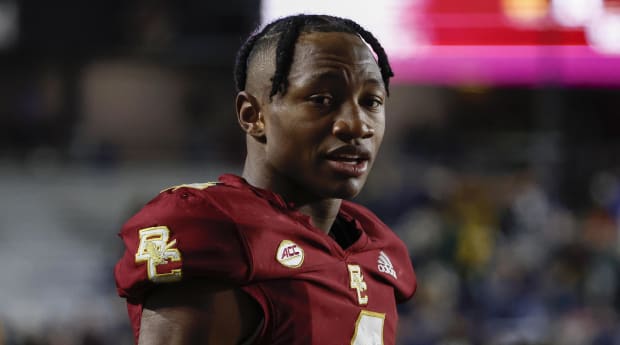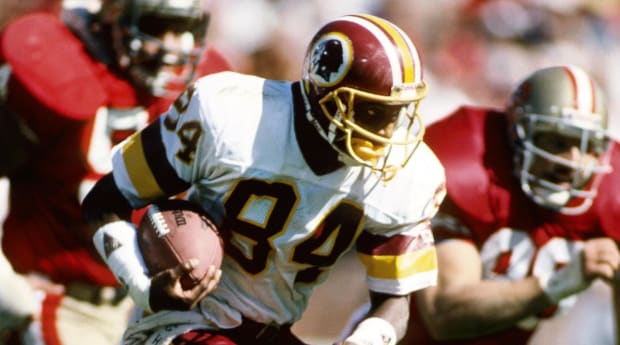Size matters, especially in the National Football League.
If you’re small, you’re often overlooked or doubted. We all know the story of Rudy, when Daniel “Rudy” Ruettiger dreamt of (and accomplished) his goal of playing college football at Notre Dame despite his rather diminutive size. And how about the 1986 movie Lucas, where Corey Haim portrayed a smallish kid who tried to make his high school football team to impress a girl he was forever crushing on?
Hollywood makes movies about smaller dudes trying to play football because it’s so rare, and it’s inspiring when the result is successful. That leads me to the 2023 NFL draft class, which saw a 5’10”, 204-pound quarterback, Bryce Young, get picked first overall by the Panthers. He is the smallest No. 1 pick ever.

Winslow Townson/USA Today Sports
To gain an historical perspective on smaller NFL quarterbacks, I went down memory lane and examined just how rare it is for them to produce. Beyond Young, the draft also saw three notable wide receivers, Zay Flowers, Josh Downs and Nathaniel Dell, get picked despite being 5’9” or shorter (go ahead and cue all the Hobbit jokes).
When we think of the great players at that position, we don’t typically think of smaller receivers. We think of Jerry Rice (6’2”, 200 pounds), Randy Moss (6’4”, 210) or Calvin Johnson (6’5”, 237), among many other big-bodied wideouts. And as we take this historical NFL journey, we’ll find the reason.
During the Super Bowl era, the number of wide receivers 5’9” or shorter (not including weight) who have thrived in fantasy football is very limited. Just four have scored over 300 PPR points in a single season, including Steve Smith Sr. (2005), Wes Welker (2011), Mark Clayton (1984) and Brett Perriman (1995). Also, just six scored more than 250 points in a season, according to Pro Football Reference.
If we expand to 200 PPR points, just 15 wideouts have hit that mark who fall into our height range. And remember, this research is over a 56-year span of NFL games.
Now, let’s look at the wide receivers who are at 5’9” or shorter and 175 pounds or lighter. That describes Flowers, Downs and Dell coming out of this year’s class. The new research parameters will exclude Smith, Welker, Clayton and others who were heavier than 175 pounds during their respective playing careers.

RVR Photos/USA Today Sports Network
With Smith off the board (he played in the 190s), no wideouts had more than 264 PPR points. The best of the bunch was Gary Clark, who makes up four of the top six performances at this height and weight. In all, four receivers including Clark, Drew Hill, Cole Beasley and Mel Gray, scored more than 200 PPR points. You’ll also be surprised to find out just one (Beasley in 2020) has reached that total since 1991.
Here’s another stat that will have you running for the hills when it comes to small rookie wideouts: Just one first-year receiver at 5’9” or shorter and 175 pounds or lighter has scored more than 120 PPR points. That was Clark in 1985. Every other player based on our parameters has scored 119.4 or fewer PPR points. That total would have ranked a receiver 56th in scoring at the position last season.
All this data doesn’t bode well for our trio of rookies.
Flowers, who is considered the most valuable rookie receiver in fantasy drafts, will also have to deal with Mark Andrews, Odell Beckham Jr., Rashod Bateman and Nelson Agholor in a very crowded Ravens offense. The same goes for Dell, who landed in Houston with a long list of young receivers and ho-hum veterans on the depth chart. Downs could push Isaiah McKenzie for the starting slot receiver spot in Indianapolis, but even then, how much can we really expect from him as a rookie?
Heck, what can we expect from them even in the long term? As pro football history has clearly shown us, smaller receivers post mostly pint-sized numbers. I’d imagine this won’t change much, so temper expectations in redraft and dynasty leagues.

















